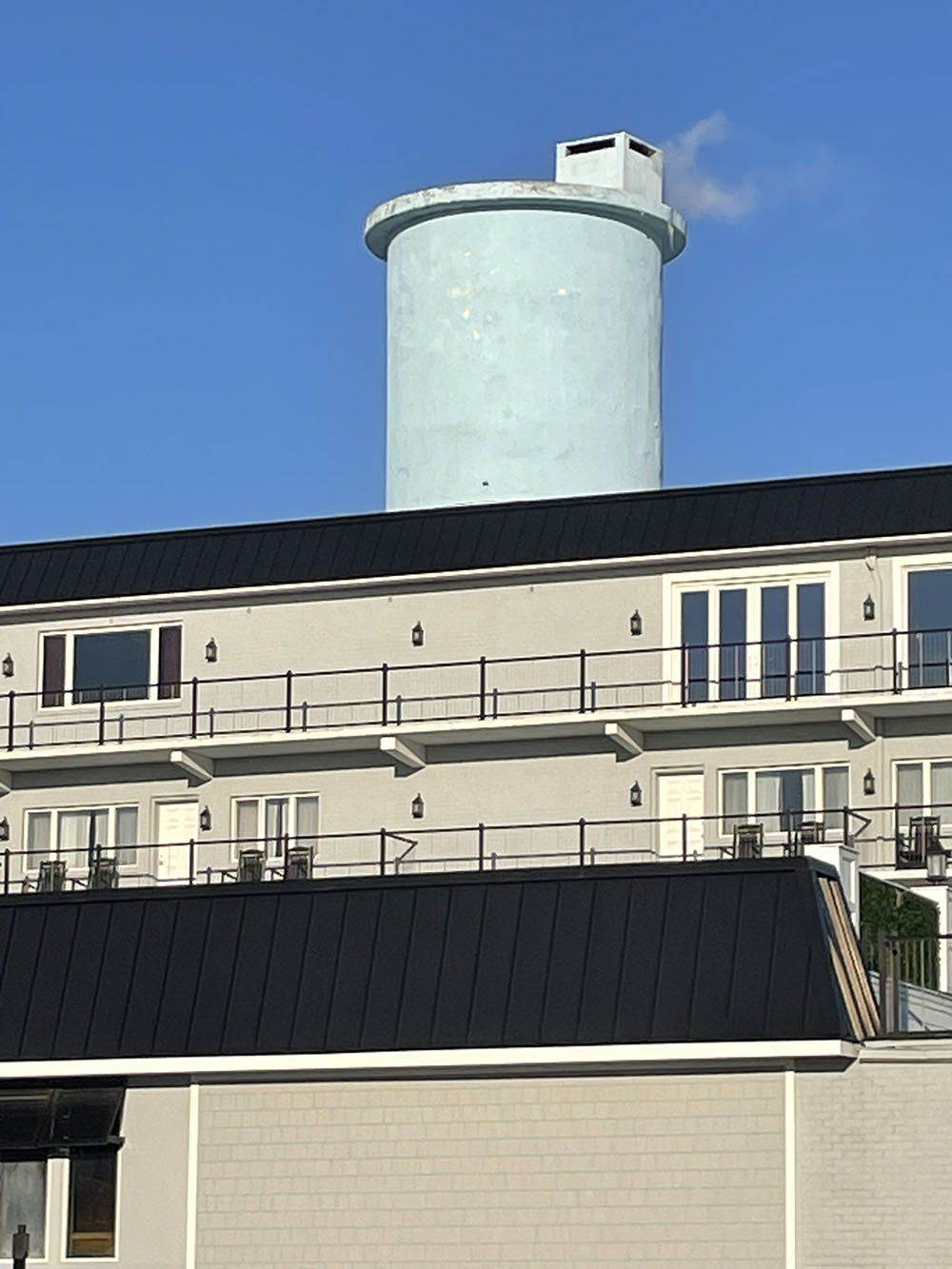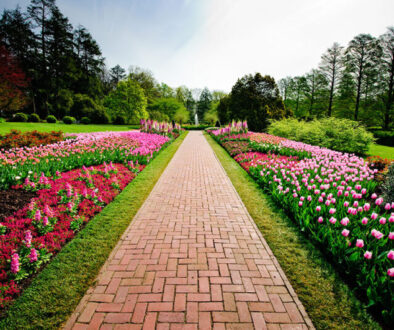American Brilliant Cut Glass

Although American Brilliant cut glass had its heyday from the 1870s to the early 1900s, there has been a resurgence of collectors acquiring a few antique pieces for use in the home. It might be due to shows like Downton Abbey or The Gilded Age that shined a spotlight on the exquisite cut glassware that represented wealth, or the younger generation’s desire to own a few pieces of vintage cut glass that they recall seeing at their grandparents’ home. Whatever your intentions are, just to incorporate a bit of sparkle into your surroundings should be reason enough to own a piece of this glass.
While searching, remember that American Brilliant Cut Glass can be more affordable than crystal. I discovered an exquisite example in a water pitcher at Tree House Antiques in Lower Township. As I held it up to the light and rotated the heavy piece, the cut glass emitted a rainbow of colors. I attempted to locate a signature, but it was non-existent, which happens in the majority of cases. The pitcher’s weight was significant, indicating the amount of lead used. The heavier the better. No child could ever knock over this pitcher as it sat on the dining table. The more facets, the better, which not only enhances its beauty but increases its value.
This water pitcher hasmulti-purpose functions. It doesn’t have to be reserved for dining anymore but can act as a vessel to hold a seasonal floral arrangement. Think sprigs of evergreen and red berries in the winter, spring bunches of daffodils, pink and white roses in the summer, or in the fall, autumn tones in gold, orange and burgundy. Maybe, add antique colored glass Christmas balls, perhaps colorful marbles or buttons, anything that spurs your imagination. Or simply leave it empty and shine a spotlight on it, displaying its beauty.
American Brilliant Cut Glass is unlike pressed glass, which is molded (telltale signs are a seam line) or contains tiny bubbles. This particular pitcher is entirely handcrafted. When tapped, it has a bell-like ring and if held to the light, shimmers like diamonds. Also, the cuts are deep and sharp. Sometimes pieces are signed and not always located at the bottom. Look for a flat area anywhere on the piece. The best way to find an acid-etched signature is to hold it up to the light, preferably sunlight—outdoors is best—and rotate the piece slowly. If there’s a signature it can be located in various locations other than on the bottom. If you’re lucky it may be of a notable craftsman, which increases value.


As in any fine antique, there are fakes. A fake signature is electronically penciled, while an authentic signature is acid-etched. You can determine this simply by running your fingernail across the signature. The authentic one will be smooth whereas the fake is rough. Other telltale signs are the lack of clarity in a flat area. If you want to get serious, invest in a long wavelength light. If authentic, the color emitted will cast a chartreuse hue whereas the fake will be pink.
In the late 18th century, glass craftsmen arrived from Europe to America, often seeking better opportunities. Expert craftsmen were given incentives with a significant increase in pay than what they received in Europe, as well as an opportunity to perfect their craft, leading them to become specialists in the field during the time hand-cut glass in America increased in popularity.
Although Europe produced fine cut glass and crystal, it wasn’t until the 1876 Centennial Expo held in Philadelphia when American Brilliant Cut Glass made its debut, and the public took an interest. The demand for this glass brought about more and more glass furnaces to the Northeast—in its heyday there were over a thousand. In 1893, at the Columbia Expo of Chicago, the Libby Glass Company received prestigious awards for its Isabella and Columbia patterns. American Brilliant Glass appeared in table settings, vases, candy dishes, and perfume bottles. The wealthy often served their guests in vessels made by Steuben Glass Company.
Even the White House added fine cut glass to their dining table and social functions. Presidents of Cuba and Mexico soon followed this trend.
American Brilliant Cut Glass is composed of silica, potash, and lead oxide. In the late 1800s America had unearthed vast quantities of silica which helped to hasten the production of glass manufacturing.This multi-faceted glass requires 40% lead oxide, which softens the glass allowing the master glasscutter to meticulously craft the piece. Lead aids in the number of cuts that can be made to the piece.

It was labor intensive. The temperature of each furnace was 2400 degrees Fahrenheit, requiring four men to operate. The molten glass was formed into a ball on a blowpipe where the expert glass blower shaped it. Then, a helper took it to a cooling oven, gradually cooling the piece to room temperature, which could take a week. Then, a trained expert used a high-speed wheel and roughed out the piece. Finally, another person smoothed it on various size wheels.
American Brilliant Cut Glass production was from 1876 to 1917—up to the start of World War I. There are a variety of patterns to choose from in the shape of fans, hobstars, and diamond patterns, to name of few. Identifying names for the patterns were given like Wisteria, Iris, Neptune, Chrysanthemum or college titles like Yale, Amherst, and Columbia to name a few. There are close to over a hundred patterns to choose from.
Whether you are a collector or someone freshening up your home with either a single piece or a full set, consider American Brilliant Cut Glass as a welcome addition to any interior design.



